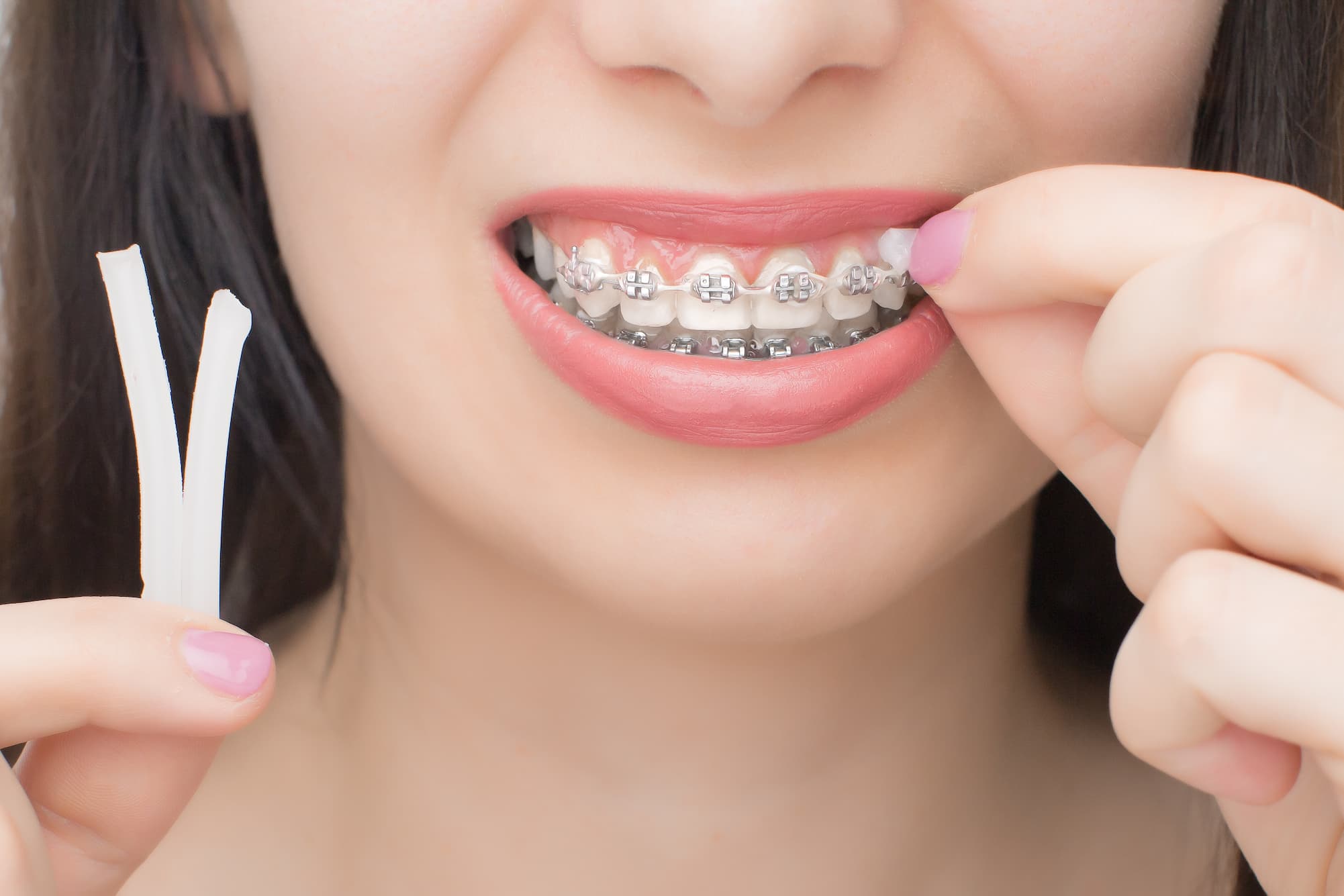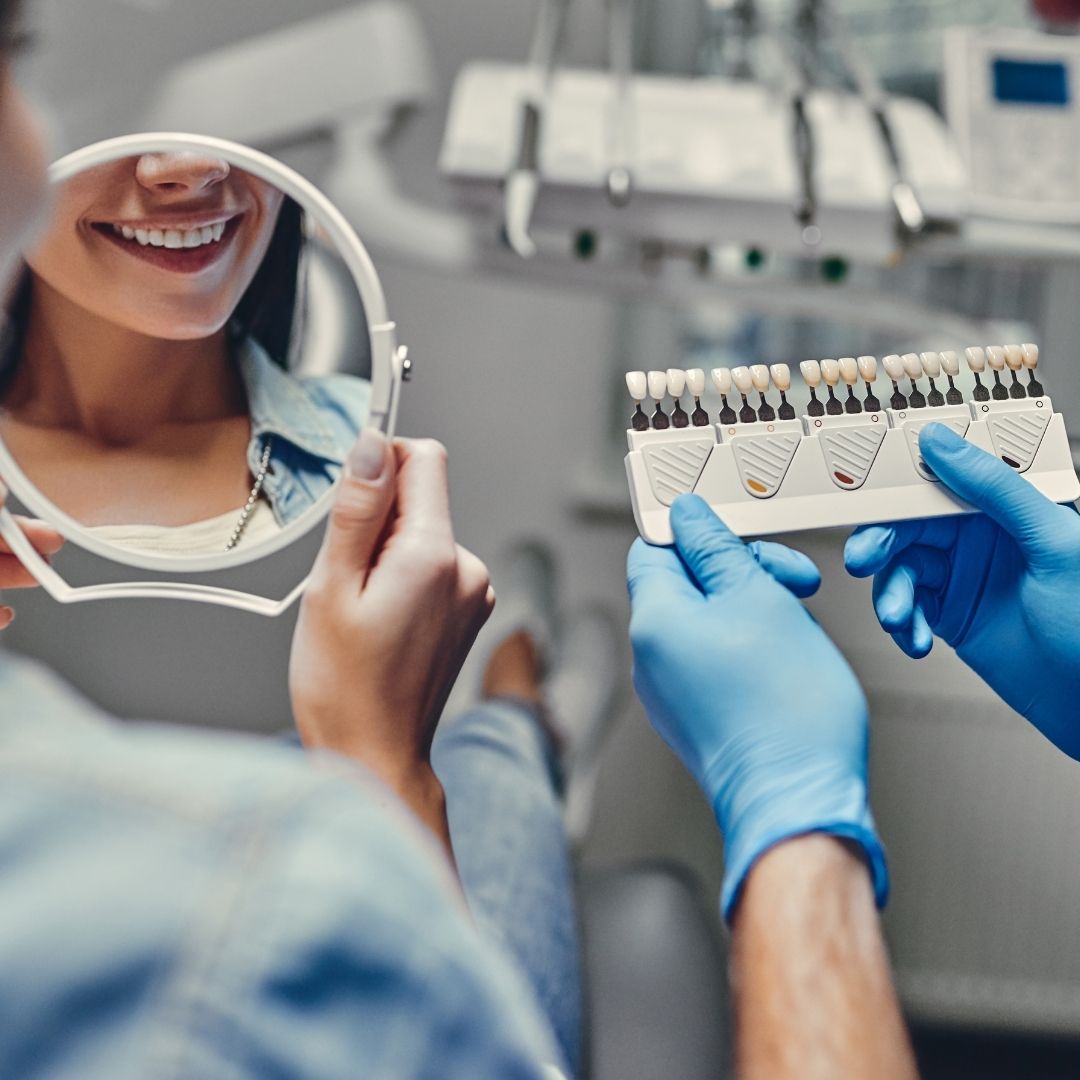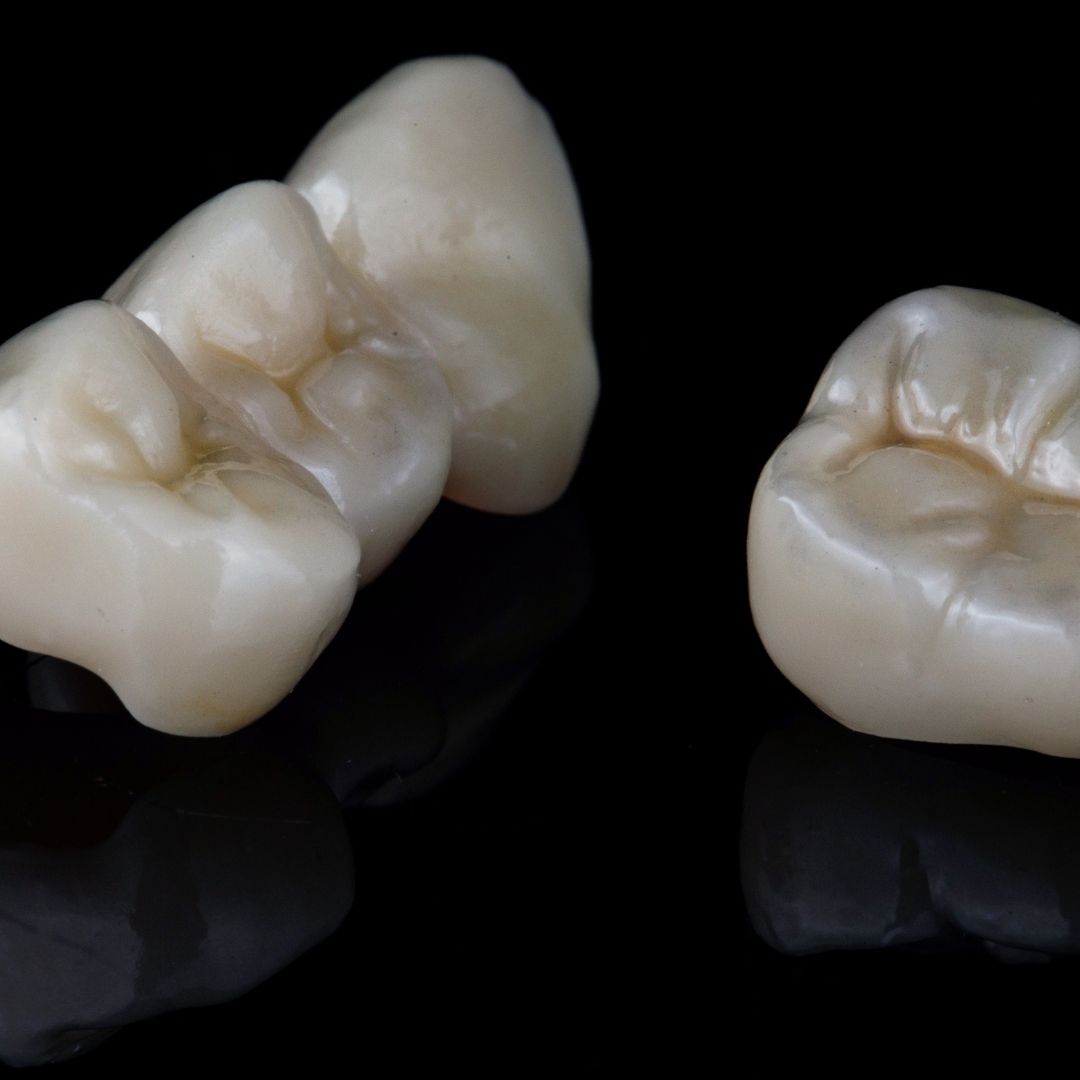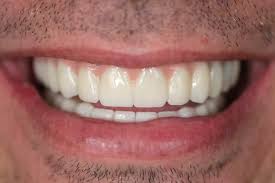
Dental Wax for Braces
As anyone with braces knows, the process of getting them adjusted can be a painful experience. Fortunately, there is a simple solution that can help ease the discomfort: braces wax. This versatile product can be used to protect your mouth from the sharp edges of your braces and reduce irritation caused by rubbing.
In this article, we’ll discuss what dental braces wax is, how long it should be kept on, whether you can eat with it on, whether it’s safe to use every day, and how to remove it from your braces.
What is Braces Wax?
Braces wax is a soft, pliable substance that can be applied to the brackets and wires of your braces. It’s typically made from a blend of natural waxes, such as beeswax, and can be found in most drugstores or online.
The purpose of the wax is to create a barrier between your braces and the soft tissues of your mouth, such as your cheeks and lips. This can help to prevent irritation, soreness, and even cuts from the sharp edges of your braces.
To apply the wax, simply pinch off a small amount and roll it into a ball between your fingers. Then, press the ball of wax onto the bracket or wire that’s causing discomfort. You can also use a toothpick to apply the wax more precisely. The wax should stick in place, providing a smooth surface to prevent rubbing.
Can You Eat with Wax On Your Braces?
When you have wax on your braces, it’s generally best to avoid eating anything too sticky or hard. These types of foods can easily dislodge the wax, making it less effective and increasing your discomfort. While it’s technically possible to eat with wax on your braces, it’s not recommended. The wax can make it difficult to chew and swallow properly, which can lead to choking or other complications.
If you do need to eat while wearing braces wax, it’s best to choose soft foods that won’t stick to your braces or get caught in the wax. Some good options include mashed potatoes, soup, scrambled eggs, and smoothies. It’s also a good idea to rinse your mouth with water after eating to help remove any food particles that may have gotten stuck to your braces or wax. This will help keep your braces clean and prevent any further irritation or discomfort.
Overall, it’s best to avoid eating with wax on your braces whenever possible. If you do need to eat, be sure to choose soft foods and rinse your mouth thoroughly afterward to maintain good oral hygiene.
Can You Brush Your Teeth with Wax on Your Braces?
While it’s technically possible to brush your teeth with wax on your braces, it’s not recommended. The wax can make it difficult to clean your teeth thoroughly, which can lead to a buildup of plaque and bacteria. Additionally, the wax can trap food particles, making it even harder to keep your braces clean. If you find that you need to use wax on your braces, it’s best to remove it before brushing your teeth. This will ensure that you’re able to clean your teeth properly and maintain good oral hygiene.
Sleeping with Wax on Braces
Many people wonder if it’s safe to sleep with wax on their braces. While it’s technically safe to do so, it’s not recommended. The wax can become dislodged while you sleep, which can be a choking hazard. Additionally, sleeping with wax on your braces can make it difficult to clean your teeth properly, leading to a buildup of bacteria and plaque.
If you find that you need to use wax at night to reduce discomfort, it’s best to apply it just before bed and remove it in the morning. This will give your mouth a chance to rest and heal overnight, while also ensuring that your braces are clean and free from bacteria.
How Long Do I Keep Wax on My Braces?
One of the benefits of braces wax is that it can be left in place for as long as necessary. There’s no set time limit for how long you should keep the wax on your braces, as it will depend on how much discomfort you’re experiencing. However, it’s a good idea to change the wax every few hours or after meals, as it can become dislodged or dirty over time.
Braces Wax Alternative
While braces wax is a popular solution for reducing discomfort, it’s not the only option available. Some people find that silicone earplugs can work just as well, as they’re soft and pliable and can be molded to fit around the brackets and wires.
Another alternative is dental silicone, which is a clear, medical-grade silicone that’s used in dentistry to create custom mouthguards and other appliances. It’s safe to use and can be easily removed with warm water and soap. However, it’s important to note that not all alternatives may work for everyone. It’s best to consult with your orthodontist to see what options they recommend for your particular situation.
How to Remove Wax from Braces?
Removing braces wax is a simple process that can be done at home. The easiest way to remove it is to use your fingers or a toothbrush to gently scrape it off. You can also use dental floss to slide under the wax and remove it from between the brackets and wires.
If you find that the wax is stubborn and won’t come off, you can try using a dental pick or a soft, plastic tool to scrape it away. Be sure to use gentle pressure to avoid damaging your braces or gums. After removing the wax, it’s important to brush your teeth and braces thoroughly to remove any leftover residue. You can also rinse your mouth with warm saltwater to soothe any soreness or irritation.
The Study of Braces Wax
A recent study published in the Journal of Orthodontics examined the use of braces wax in a group of 100 orthodontic patients. The study found that those who applied braces wax experienced a significant reduction in discomfort, irritation, and oral sores compared to those who did not use wax. This research underscores the practical benefits of braces wax in improving the orthodontic experience.
Is It Okay to Put Wax on Braces Every Day?
While it’s safe to use braces wax every day, it’s not necessary to do so unless you’re experiencing discomfort. Using too much wax can make the problem worse, as it can create a breeding ground for bacteria and cause a build-up of plaque. If you find that you’re using a lot of wax regularly, it may be a sign that you need to see your orthodontist to have your braces adjusted.
In conclusion, braces wax can be a lifesaver for anyone undergoing orthodontic treatment. It’s a simple and affordable solution for reducing discomfort and preventing irritation caused by braces. However, it’s important to use it properly and not rely on it as a permanent solution. If you’re experiencing a lot of discomfort, be sure to consult with your orthodontist to see if adjustments are needed. With the right care and attention, you can make your orthodontic treatment as comfortable as possible and achieve a beautiful, healthy smile.



